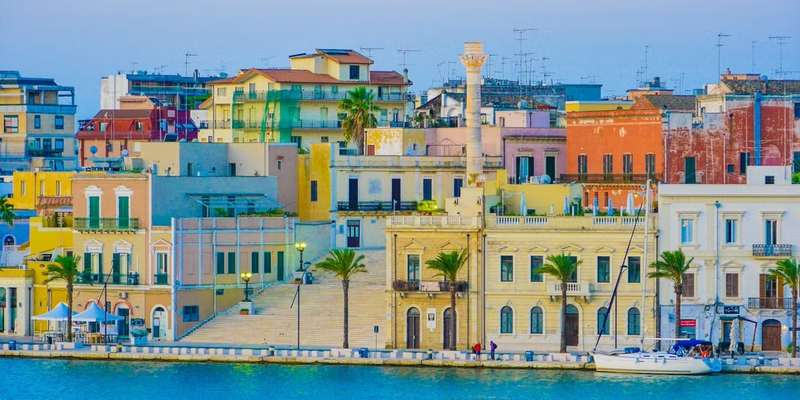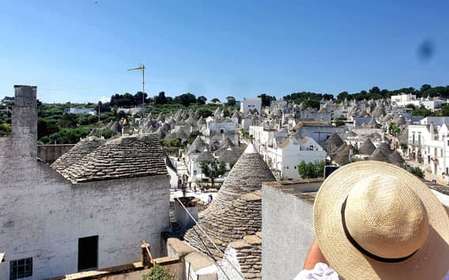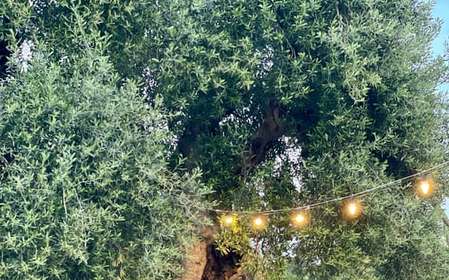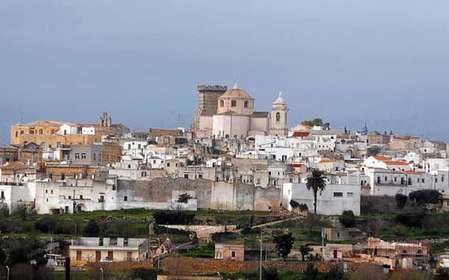- Home
- Useful Tips
- Brindisi for history enthusiasts
Brindisi, a hidden gem in Italy's Puglia region, offers a treasure trove of historical sites often overshadowed by more famous destinations. Many history enthusiasts arrive unprepared, missing key landmarks or wasting precious vacation time navigating poorly marked archaeological zones. Over 60% of cultural travelers report frustration when unable to access authentic historical context at sites. The city's layered past – from Roman port to medieval crossroads – demands local knowledge to fully appreciate. Without proper guidance, visitors might overlook the subtle details that make Brindisi's Cathedral of San Giovanni al Sepolcro so architecturally significant or fail to understand the strategic importance of the Roman columns by the harbor. These oversights transform what should be awe-inspiring encounters with antiquity into superficial checklists.


Decoding Brindisi's Roman heritage without an archaeology degree
The Roman presence in Brindisi reveals itself in unexpected places, often requiring trained eyes to spot. While the iconic terminal columns of the Appian Way dominate harbor views, the truly fascinating remnants hide in plain sight. The recently excavated Roman fish market near Piazza Vittorio Emanuele II shows intricate mosaic floors depicting daily life, yet most visitors walk right past its unassuming entrance. Local historians suggest visiting at 11am when sunlight perfectly illuminates the ancient drainage systems. Don't miss the cryptoportico beneath the Church of Santa Maria del Casale, a subterranean marvel few tour groups include. For independent explorers, the municipal museum offers free audio guides that explain how to identify Roman construction techniques in various buildings throughout the old town.
Medieval Brindisi beyond the cathedral – a local's itinerary
While the 11th-century cathedral attracts most visitors, Brindisi's medieval soul lives in its lesser-known religious complexes. The Chiesa di San Paolo stands as a perfect example of Cistercian architecture, with its rose window miraculously surviving earthquakes. Local art historians recommend studying the faded 13th-century frescoes in the Templar Church of Santa Maria del Tempio during late afternoon when the angled light enhances their details. A little-known passage near Porta Mesagne leads to sections of the Aragonese walls where you can still see crusader graffiti. Those willing to wake early can attend 7am Mass at the Benedictine Monastery to hear Gregorian chants in an authentic medieval setting. For deeper insight, the Archivio di Stato occasionally opens its collection of Swabian-era documents to the public on weekday mornings.
Navigating Brindisi's layered history efficiently
Brindisi's historical sites sprawl across different neighborhoods, making time management crucial for history buffs. Smart visitors cluster sites by historical period – morning for Roman sites near the port, afternoon for medieval landmarks in the upper town. The city offers a discounted cumulative ticket covering five major monuments, available at the Tourism Office near the Roman columns. Avoid Tuesday afternoons when several smaller museums close unexpectedly. Local experts suggest using the remaining stretches of the Traiana Road as walking routes between eras – these ancient pathways naturally connect significant sites while avoiding modern traffic. Don't overlook the value of Brindisi's cafes as historical resources; establishments like Caffè Roma display archaeological finds discovered during renovations and whose staff happily share neighborhood lore.
Where to stay for immersive historical experiences
Choosing the right accommodation can transform your Brindisi visit from ordinary to extraordinary. Several converted medieval palazzos now operate as boutique hotels, with rooms featuring exposed Norman stonework and vaulted ceilings. The former 15th-century monastery near Piazza Duomo offers cells-turned-rooms complete with original fresco fragments. For naval history enthusiasts, a Liberty-style hotel near the old port displays recovered artifacts from the Roman harbor in its common areas. Budget-conscious travelers can find affordable pensions in the Byzantine quarter, where morning walks reveal hidden courtyards with Byzantine-era wells. Regardless of choice, prioritize locations within the old city walls to maintain constant connection with Brindisi's layered past – the sound of church bells echoing through narrow streets becomes your authentic historical soundtrack.



